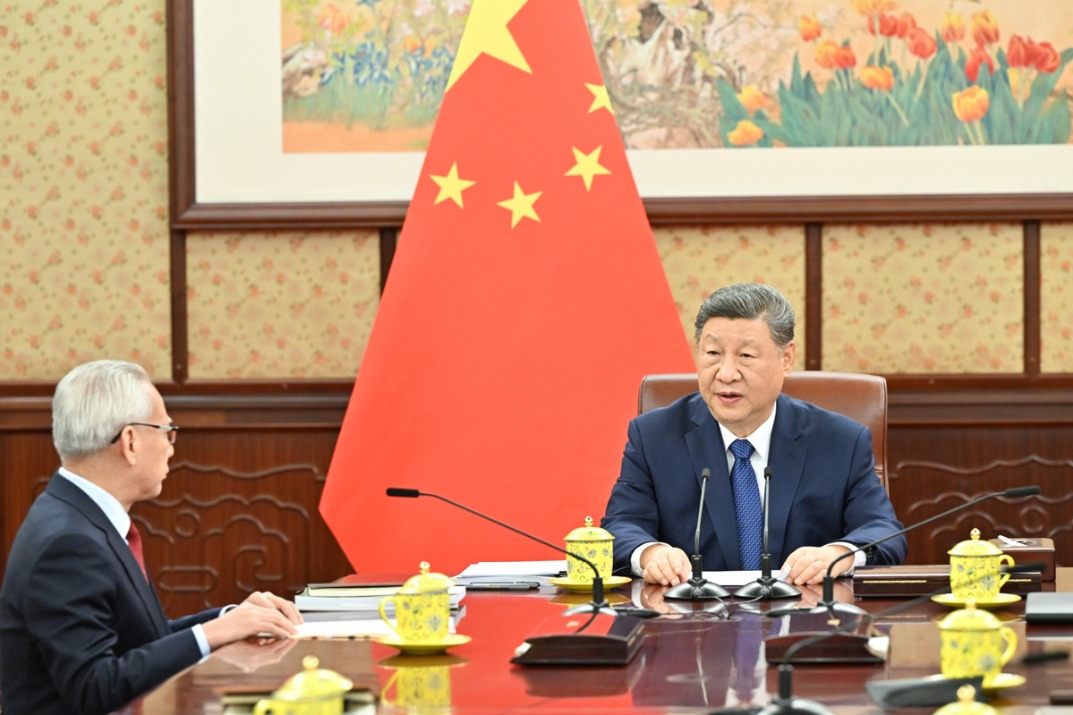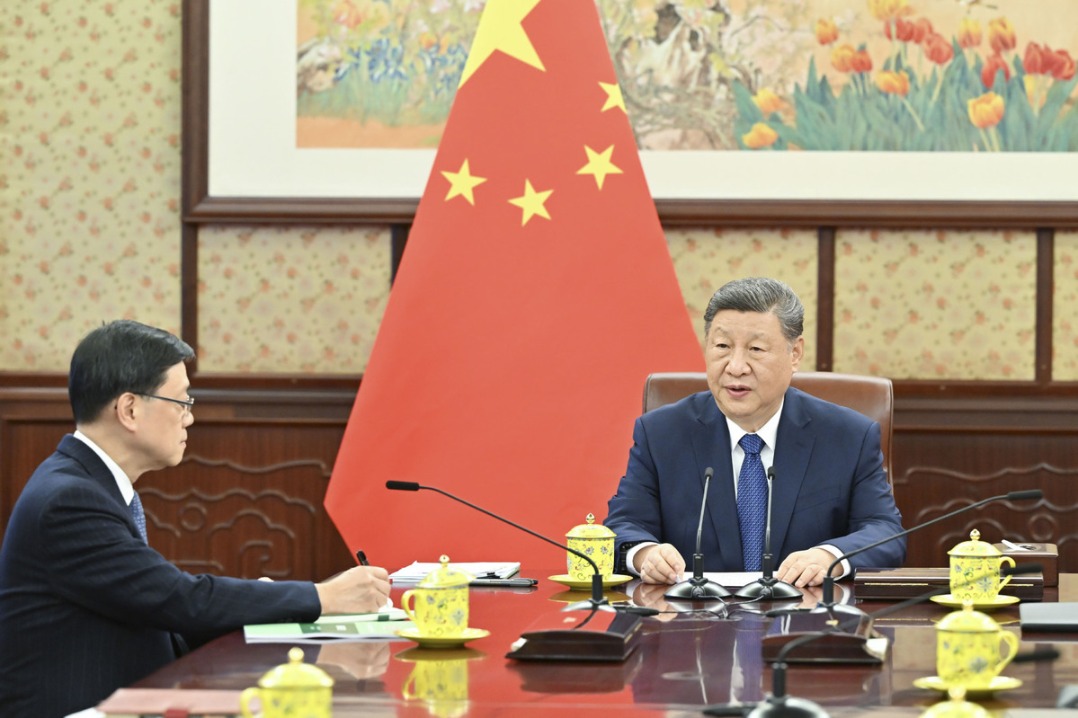Education plays key role in the market place

Vocational schools to play bigger role by producing skilled workers to meet the need
Education in China is looking at a new era, an era in which vocational education and training will play a greater role in the country's education system as well as the economy.
A recent national conference initiated the transformation of vocational education in China into one that is as important as general education. The move is aimed at making the vocational schools meet the emerging demand for skilled workforce in accordance with the economic strategy of "high quality manufacturing".
According to the new policy framework for vocational education, laid out by the country's top leadership, transforming vocational education is crucial in developing the Chinese economy and society because of the role it plays in boosting employment.
The government has been devising policies to change the economic growth model and restructuring the industrial sector for long-term sustainability. Despite being the second-largest economy in the world, China is still trapped in a low-skill equilibrium, in which most enterprises employ semiskilled workers who produce low-end goods or provide comparatively low-quality services. Since this economic model cannot ensure sustainable growth, the government has been taking measures to expedite high value-added production.
The current gap between the demand for and supply of labor threatens to increase unemployment. The unemployment problem is structural rather than frictional - fewer jobs for college graduates and fewer candidates for semiskilled and low-end jobs. Since the number of college graduates has risen to 7.27 million this year, they will find it even more difficult to get satisfactory jobs. On the other hand, employers cannot find enough migrant workers to take up low-end and semi-skilled jobs.
The need for sufficient workers with different skills can be met only if education at institutions provide both academic and vocational education for students. General education, as provided by normal high schools and colleges, cannot meet all the demands of the fast-changing labor market. Vocational education, on the other hand, offers an alternative institutional arrangement to effectively combine work with academic education and thus meet the demand for skilled and highly-skilled workers.
Responding to the socio-economic challenges that China faces, the government has decided to change the outlook and syllabuses of vocational education institutions. The change will come through six core aspects, based on the State Council's "Decisions on Advancing the Development of Modern Vocational Education".
First, vocational education is becoming a strategically vital component of the transformation of the economic growth model. Accordingly, the government has taken measures to ensure vocational schools produce millions of high-skilled workers and technicians in the coming years to help sustain high-quality manufacturing.
Second, the changes in the college entrance examination, or gaokao, will guarantee that vocational school graduates are not denied the benefit of receiving academic education. The government plans to build an education system that would bridge the general and vocational education sectors, allow credit transfer between general and vocational schools, and provide channels for people to continue their education, enabling "everyone to become a talent".
Third, measures will be taken to ensure that enterprises and industrial associations get more involved in operating vocational schools. A diversified incentive arrangement, including education, taxation, land and financial policies, would be established to facilitate market players (such as private companies) to run and even own vocational schools.
Fourth, partnerships between vocational schools and employers would be encouraged and supported by government policies and financial endorsements.
To better combine work with vocational education, it is essential to engage employers in the process of designing courses, teaching methods and internship patterns, because they have to be consistent with the requirements of the labor market.
Fifth, the governance structure of vocational schools will be reformed to include diverse stakeholders. Vocational schools are expected to be more independent of government administration. Not only school administrators, but also members of industrial associations, businesspeople and community representatives could be on the management boards of vocational schools, and jointly decide school-related issues.
And sixth, government policies will help transform the vocational education sector and encourage vocational schools to take measures to meet the demands of the economy. More importantly, the government will allocate more funds for vocational education to ensure that the transformation is smooth and benefits both the economy and the people.
The author is a PhD candidate at the School of Management and Labor Relations, Rutgers University, New Jersey. The views do not necessarily reflect those of China Daily.
(China Daily Africa Weekly 07/11/2014 page12)
Today's Top News
- The farmer, the snake and Japan's memory hole
- Crossing a milestone in the journey called Sinology
- China-Russia media forum held in Beijing
- Where mobility will drive China and the West
- HK community strongly supports Lai's conviction
- Japan paying high price for PM's rhetoric






























